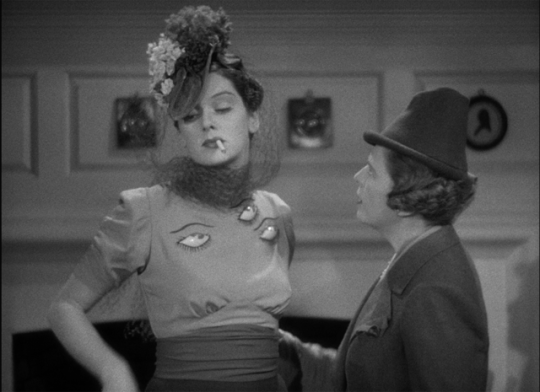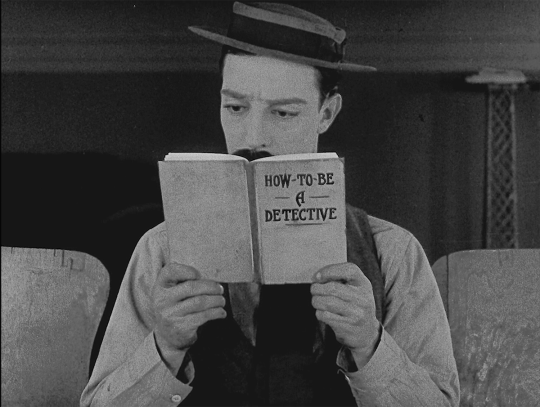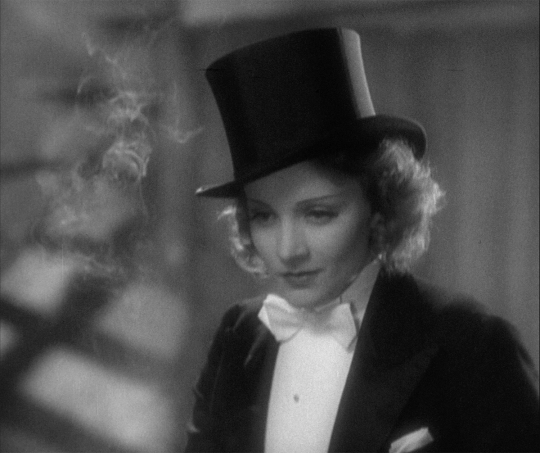#film noir? trapper? ginger? TRAPPER/GINGER?
Text
there's a vibey three-line trapper/ginger noir AU microfic on ao3 published in 2012. i am inconsolable.
#where to begin#film noir? trapper? ginger? TRAPPER/GINGER?#ten years ago this person said i'm gonna end ben majorbaby's life in 100 words or less send post
16 notes
·
View notes
Photo

Happy International Hat Day: Bowlers and Fedoras and Cloches, Oh My! By Jill Blake
Hats have been a staple in fashion for centuries, with origins that date back to ancient Egypt around the year 3200 BC. Of course, hat styles have changed over time, but their purposes are pretty much the same: either functionality by providing protection from the sun and other elements, or merely serving as a fashion statement. Historically, hats also often represented an individual’s social standing, with different types of hats worn by certain social classes and for certain events or occupations, from ornate wide-brimmed hats, to high quality bowlers, to newsboy caps. Hats were also part of social convention, with men wearing hats when outside and women wearing anything from pillbox hats to fascinators to complete their outfits for church or other social functions. For International Hat day, here’s a list of some popular hat styles of the 20th century. Many of these hat styles can be found on the TCM shop.
Pork Pie Hat

The pork pie hat dates back to the early-to-mid 1800s and was quite popular with men. The hat was often made of high-quality felt, but also could be made out of cotton or straw. The pork pie, or “stingy brim”, hat has distinctive features with a low crown and narrow brim. After the Civil War in the United States, the pork pie wasn’t as popular in men’s fashion. In the 1920s, silent film star and director Buster Keaton made the pork pie an integral part of his on-screen persona, helping popularize the hat once more. And in William Friedkin’s THE FRENCH CONNECTION (’71), Gene Hackman’s character, Jimmy “Popeye” Doyle, sports a pork pie hat.
Bowler Hat

The Bowler hat originates from England and was created by Thomas and William Bowler in London during the mid-1800s. The Bowler is typically made of felt and has a rounded crown, narrow brim and is very durable. While it looks formal by today’s fashion standards, the bowler was considered a more informal hat for day-to-day wear and was mainly worn by middle and upper-class men from butlers and valets, to bankers and members of the aristocracy. Perhaps the most famous bowler in classic film belonged to Charlie Chaplin, who wore the trademark bowler for his iconic Little Tramp character in films such as MODERN TIMES (’36), CITY LIGHTS (’31), and THE KID (’21). Stan Laurel and Oliver Hardy also famously wore bowler hats in many of their films, like the short ANOTHER FINE MESS (’30). Other examples include Jack Lemmon in Billy Wilder’s The Apartment (1960) and James Cagney during the “Harrigan” musical number in Michael Curtiz’s YANKEE DOODLE DANDY (’42).
Fedora

The fedora is perhaps the most iconic hat in film history, particularly throughout the 1930s up through the 1950s. It’s typically made of high-quality felt, ranging from wool to cashmere to mink. The hat also usually has a wide, soft brim and a pinched crown that is indented at the top with some kind of ribbon running around the base of the crown. The fedora dates back to the 1890s and was originally considered a ladies’ hat. By the 1920s, the fedora was popularized by male members of the British Royal family and became a staple of men’s fashion. By the 1930s, the fedora was associated with gangsters and tough guys, as well as private detectives and plain clothes police officers. Almost every modern film from the 1930s through the 1950s features a fedora, including James Stewart’s Macaulay Connor in George Cukor’s THE PHILADELPHIA STORY (’40); Dick Powell’s Philip Marlowe in Edward Dmytryk’s film noir MURDER, MY SWEET (’44); and perhaps the fedora’s most famous wearer, Humphrey Bogart as Rick Blaine in Michael Curtiz’s CASABLANCA (’42). Ingrid Bergman also wore a variation of the fedora as Alicia Huberman in Alfred Hitchcock’s NOTORIOUS (’46).
Fascinator

The fascinator is more headpiece than an actual hat, but has long been a staple of women’s fashion, particularly in Europe. Fascinators are typically decorative and are clipped or pinned into the hair. They can be made of a wide-range of materials, including silk, wool and feathers and can have netted veils. Fascinators are mainly worn in traditional or formal settings, such as during church services, weddings or funerals. There are countless examples of fascinators in classic film, but one of the most popular is the one that Rosalind Russell’s Sylvia Fowler wears with her Adrian-designed eyeball blouse in George Cukor’s THE WOMEN (’39).
Top Hat

The top hat is one of the most recognizable hats in history. It is typically associated with formal dress dating back to the 1700s all the way up to the mid-1900s and is still worn today for certain social events. The top hat is tall, with a flat top and wide brim, and is usually made of silk, beaver fur or cloth. The hat was typically associated with wealth and prestige but eventually became accessible to a wide-range of social classes. Like the fedora, the top hat is featured in countless classic movies. Fred Astaire often wore one in his RKO musicals with Ginger Rogers, such as the appropriately named TOP HAT in 1935, directed by Mark Sandrich. Then there’s Fredric March, who always wears a top hat for a night out in Victorian-era London, whether he’s Dr. Henry Jekyll or his sinister alter-ego Mr. Hyde. But the top hat wasn’t limited to men—Marlene Dietrich famously wore one in her first American film, Josef von Sternberg’s MOROCCO (’30), as did Josephine Baker—both women pushing the boundaries of gender and redefining femininity.
Cloche Hat

The cloche hat was one of the most popular hats for women in the early 20th century. The cloche dates back to 1908 and was designed by French fashion designer Caroline Reboux and named for its bell shape. The cloche was one of the most versatile hats in a woman’s wardrobe, worn with casual, everyday clothing, as well as fancier versions for evening wear. The cloche was also popular because it accentuated the shorter hairstyles that were becoming more popular at the time. Joan Crawford, Josephine Baker, Nancy Carroll, Norma Shearer and Louise Brooks all famously wore cloche hats. One of the most stunning examples is in Michael Powell and Emeric Pressburger’s technicolor masterpiece, THE LIFE AND DEATH OF COLONEL BLIMP (’43) and worn by Deborah Kerr.
Hunter/Trapper Hat

The hunter or trapper hat is sort of a variation on the deerstalker hat, typically associated with the literary character Sherlock Holmes. The trapper hat can be made of fur, leather, wool or flannel, and it has ear flaps that can be tied back. The hat is more function than style, providing warmth for a variety of outdoor activities such as hunting, fishing or selling Christmas trees, like Rock Hudson’s Ron Kirby in Douglas Sirk’s ALL THAT HEAVEN ALLOWS (’55).
Bonus: Doris Day’s Many Hats

Doris Day has rocked some hats in her day, particularly in her three films with Rock Hudson: PILLOW TALK (’59), LOVER COME BACK (’61), and SEND ME NO FLOWERS (’64). Pillbox hats. Cloche hats. Fur hats. Straw hats. Bubble hats. Bucket hats. Sun hats. And plenty of “I-don’t-know-what-that-is-but-it’s-fabulous” hats. In the late 1950s and 1960s, Day re-popularized many of the hat styles from the 1920s and 1930s, with a funky, mid-century twist. Doris wore them all and she looked absolutely fabulous.
#International Hat Day#Jill Blake#Doris Day#Rosalind Russell#Rock Hudson#Ingrid Bergman#Buster Keaton#Charlie Chaplin#Deborah Kerr.#Marlene Dietrich#TCM Shop
457 notes
·
View notes